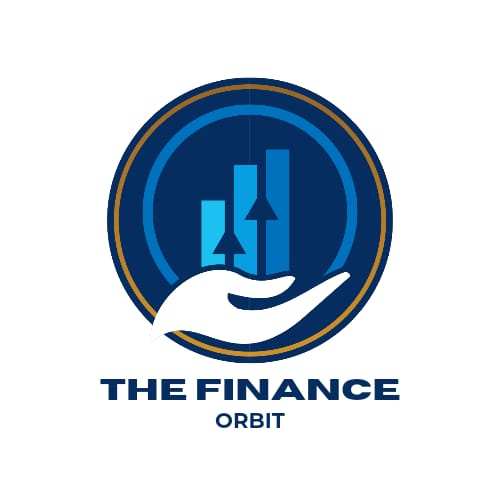Student Loan Debt Relief: Latest Supreme Court Decisions and Implications

In recent months, the topic of student loan debt relief has been a major focus of the Biden administration, affecting millions of borrowers across the United States. As we navigate through 2024, it’s crucial to stay informed about the latest developments and understand how these changes might impact you. This blog post provides a comprehensive update on Biden’s student loan debt relief plan, highlighting the key aspects and implications for borrowers.
Biden’s Student Loan Debt Relief: An Overview
The Background
President Biden has consistently prioritized student loan debt relief as a part of his administration’s efforts to address the financial burden on millions of Americans. The student loan debt crisis has been a growing concern, with over $1.7 trillion in outstanding federal student loan debt. The administration’s goal is to provide meaningful relief to borrowers struggling to repay their loans, especially in the wake of the economic challenges posed by the COVID-19 pandemic.
Recent Announcements
In August 2024, President Biden announced significant updates to the student loan debt relief plan. Notices were sent to approximately 40 million borrowers, indicating potential relief expected to be implemented this fall. This move is part of a broader strategy to streamline the process and ensure that relief reaches those who need it most.
Key Components of the Student Loan Debt Relief Plan
Loan Forgiveness for Eligible Borrowers
One of the cornerstone elements of Biden’s student loan debt relief plan is the forgiveness of federal student loans for eligible borrowers. The administration has proposed forgiving up to $10,000 in student loans for individuals earning less than $125,000 annually. This measure aims to alleviate the financial strain on low- and middle-income borrowers who have been disproportionately affected by student loan debt.
Income-Driven Repayment Plans
The Biden administration is also working on enhancing income-driven repayment (IDR) plans. These plans adjust monthly loan payments based on the borrower’s income and family size, making repayment more manageable. Under the new proposal, borrowers would pay no more than 5% of their discretionary income towards their undergraduate loans, down from the current 10%.
Impact of Supreme Court Decisions on Student Loan Debt Relief
Legal Challenges and Implications
The journey towards implementing student loan debt relief has not been without challenges. Recently, there have been significant legal battles, including cases that have reached the Supreme Court. These legal disputes have centered around the extent of the executive branch’s authority to forgive federal student loans without congressional approval.
The Current State of Legal Proceedings
As of August 2024, the Supreme Court has been actively involved in reviewing various aspects of the student loan debt relief plan. The outcomes of these legal proceedings will have a profound impact on the administration’s ability to implement comprehensive debt relief measures. It’s crucial for borrowers to stay updated on these developments, as they could influence the timing and scope of the relief provided.
How to Navigate the Changing Landscape of SLDR
Stay Informed
Given the dynamic nature of the student loan debt relief landscape, staying informed is essential. Regularly check official government websites and trusted news sources for updates on policy changes, legal proceedings, and eligibility criteria. This proactive approach will help you understand how new developments may impact your specific situation.
Evaluate Your Eligibility
Understanding your eligibility for various relief programs is crucial. The proposed forgiveness of up to $10,000 in federal student loans applies to individuals earning less than $125,000 annually. Additionally, income-driven repayment plans can significantly reduce your monthly payments if you meet the income requirements. Use online calculators and resources to assess your eligibility and determine the potential benefits of these programs.
Prepare Necessary Documentation
If you believe you qualify for student loan forgiveness or income-driven repayment plans, start gathering the necessary documentation. This may include proof of income, tax returns, and other relevant financial information. Having these documents ready will streamline the application process once the relief measures are fully implemented.
The Future of Student Loan Debt Relief
Legislative Efforts
While executive actions have been a primary tool for addressing student loan debt, there are ongoing legislative efforts aimed at providing more comprehensive and permanent solutions. Various bills have been introduced in Congress, proposing broader student loan forgiveness and reforms to the higher education system. The success of these legislative initiatives will depend on the political landscape and bipartisan support.
Long-Term Solutions
In addition to immediate relief measures, there is a growing recognition of the need for long-term solutions to address the root causes of the student loan debt crisis. This includes reforms to reduce the cost of higher education, increase access to grants and scholarships, and improve financial literacy among students and families. The goal is to create a sustainable system that minimizes the burden of student loans on future generations.
Conclusion
Biden’s student loan debt relief plan represents a significant effort to address the financial challenges faced by millions of borrowers. With recent announcements indicating potential relief this fall and ongoing legal proceedings shaping the landscape, it’s crucial to stay informed and proactive. By understanding your eligibility, preparing necessary documentation, and keeping an eye on legislative efforts, you can navigate the evolving student loan debt relief environment and make informed decisions about your financial future.

